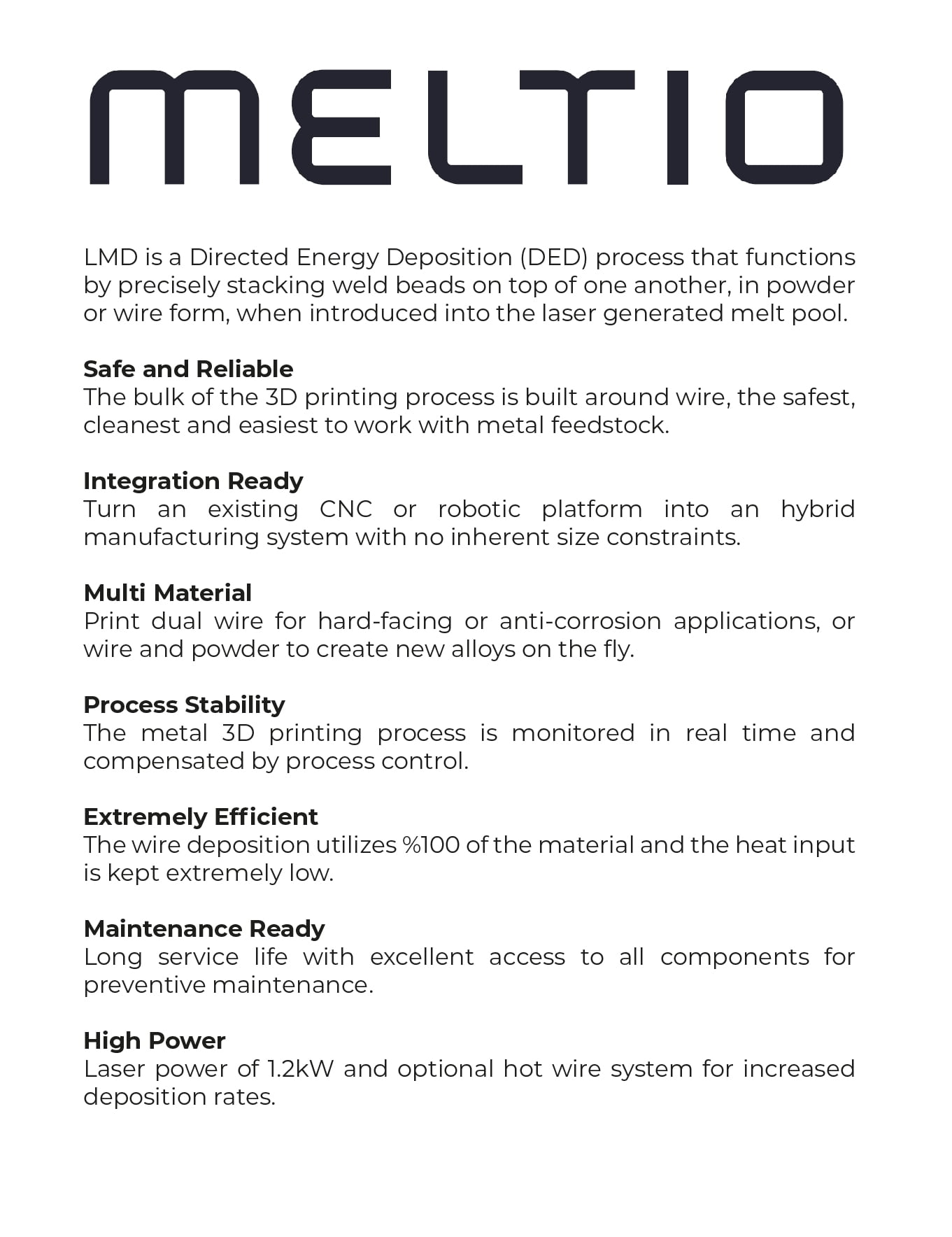
Construction 3d Printing Or 3d Construction Printing (3DCP) Defines a Wide Variety Of Technologies In Using 3-Dimensional Printing As The Main Technique To Fabricate Building Components. Alternative Terms Are Also In Use, Such As Additive Construction, Autonomous Robotic Construction System (ARCS), Large Scale Additive Manufacturing (LSAM), Or Freeform Construction (FC).
3-Dimensional Construction Systems And Techniques Are Many, The Most Common Is Extrusion (Concrete/Cement, Foam, Or Polymers). By The Integration Of 3d Construction Technology To The Building Sector And With The Rapid Development Of Materials, Construction Will Have Many Advantages Due To This Integration. 3d Printed Buildings Are Time Saving, Cost Efficient And Easier Ways To Be Done.
With The Implementation Of the Machinery, Project Will Be Done With Minimum Mistakes, No Wastes Produced, And Cleaner On-Site Construction, And As The Main Title, It Allows A DIY By Which Is Easier To Be Done. 3d Construction has Been Developed Has Reached To Be Delivering House Fabrications And Fabrication Construction Components And Structural Elements To Be Placed On-Site.
The Use Of 3d Printing Is Flexible By Which It Is An On-Site Full-Building Construction Technique Or An Off-Site Components Fabrication Technique By Which It Would Be Delivered To The Construction Site And Placed.
With This ever-developing Construction System, The System Has Reached A Higher Level Of Popularity Especially When This Techniques And modules Has Been Integrated Into The Academic Sector And Highlighted Aside With Big Names Of Companies In The Building Sector. With This Rise, We Have Reached The First Of All Building Units (House, Bridge, Public Building.)
WHY USING 3DCP ?
LABOUR REDUCTION
COST REDUCTION
FASTER PROGRESS
LESS WASTE
Global development of 3D printing construction occurred within the last few years making 3D printed houses that are a proven concept and possibly an industry-standard in years to come. Collaboration efforts across the building industry have led to the approval of 3D printing as a safe, affordable, and artistic advancement in the field of construction and civil engineering. Concrete 3D printing is a way of building concrete structures without the use of formwork. The 3D printer builds a component layer by layer with a mix design that uses accelerators and concrete additives to meet design requirements. Several advancements have occurred since the beginning of concrete 3D printing.
3D Printing construction makes construction more efficient due to the automation of construction tasks when building structures such as houses and bridges. This technique is considered to be an environmentally sustainable building method due to the zero waste additive manufacturing process employed in 3D printing. Therefore, 3D printing construction is a solution to alleviate deficits in the global housing economy. Our team is always aiming high on both technological and advancement levels to give both our clients and the environment we are designing the best outcome. 3DCP is a game-changer and in an always developing sequence by which it is offering to the designers, clients, and the environment all what they aim for.

ADVANTAGES AND DISADVANTAGES OF 3D PRINTING TECHNOLOGY
3D printed technology in architecture and engineering can easily lay structures using curve shapes forms instead of typical linear shapes forms which makes the fabrication more durable. Structures walls are normally hollowed out to allow for utility lines and MEP staff to pass through and reduce the number of materials used. Less material not only adds to the durability but also saves a lot of money on the construction costs and time management for the architects, contractors, and developers using 3D printing way in their project’s development.
ADVANTAGES
This production process offers several advantages as compared with other traditional manufacturing methods, these include flexible design, rapid prototyping, print on demand, strong and lightweight parts, fast design, and production, waste reduction, cost-effective, ease of access, As this technology reduces the amount of material wastage used this process is inherently environmentally friendly. However, the environmental benefits are extended when you consider factors such as improved fuel efficiency from using lightweight 3D printed parts.
This production process offers a range of advantages compared to traditional manufacturing methods, Printers can precisely place small amounts of concrete exactly where needed for complex shapes greatly enhancing an architect’s design possibilities and infinity of solutions, These advantages include those related to design|time|cost, amongst others, Lower Construction Costs.




FUTURE OF 3DCP
The world is always changing with every step forward in the field of technology that affects all other sectors of life. Research and technological implementation are taking the world to new innovative ways of approaching the industry.
With the development in the 3D printing industry and the implementation of this system in the building sector, many things have changed. Obstacles that face the developers when adapting 3D printing are being discussed and finding solutions for it by which all the team of designers and developers and investors are then satisfied. For sure every new technology needs time to develop and with 3D printed buildings we can see the evolution by which we have reached high building printed, printed bridges, or even printed offices that are functioning properly. The more solutions are found, the more investors find it more reasonable to shift towards this technique of construction.
In terms of business, it is surely a perfect solution for the investor to shift toward 3D printing buildings when sufficient by which he is gaining time, decreasing the need for energy consumption, and decreasing the amount of waste.
In terms of competition between 3D printed buildings and traditional building techniques, truth to be said, the 3D outcome is still not competitive with those traditional ways. For sure it is saving costs and winning time, but it is still in the process to be developed when talking about larger-scale projects that are still finding limitations in the 3D printing technique. When seeing how technological advancements have developed to reach higher levels in other sectors, we can surely say that the future holds promising outcomes for 3D concrete printing.
The fourth industrial revolution builds upon digitalization and incorporates a blend of production, management, and administration systems. Cases of currently developing innovations incorporate materials science, artificial intelligence (AI), the Internet of Things (IoT), autonomous vehicles, robotics, 3D printing and so forward. These innovations can contribute to keeping up the value-adding activities in building on development sites, as industrialization in development has traditionally centered on moving towards offsite generation and construction.
CONCRETE 3D-PRINTING
METAL 3D-PRINTING





